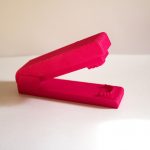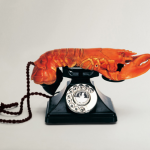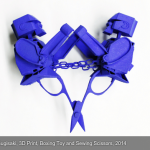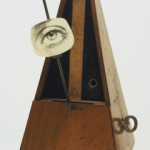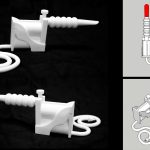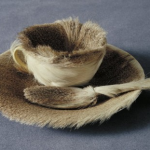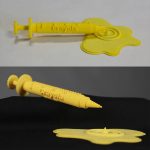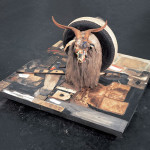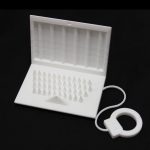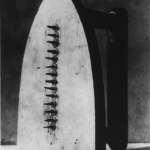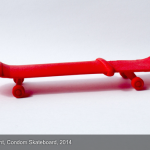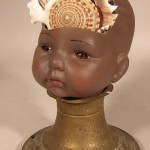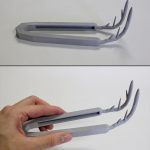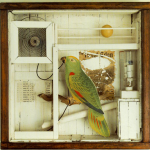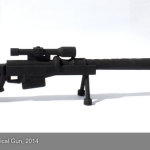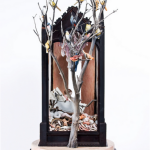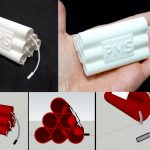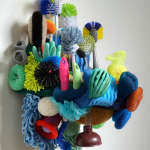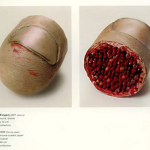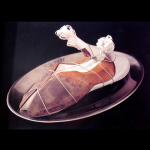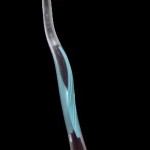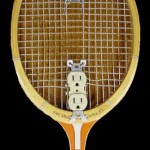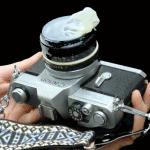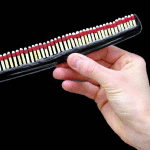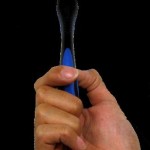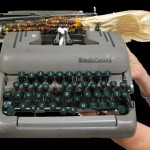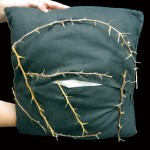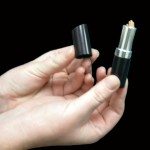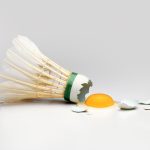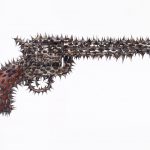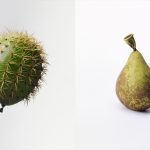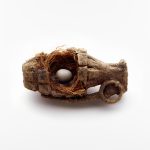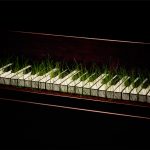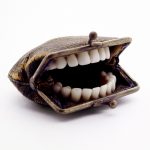We will be using SketchUp to create a 3D model and printing it via Shapeways. Students will create a 3D model that draws on the history of Surrealism by combining elements of two disparate objects to highlight new, compelling, and possibly confusing relationships.
The Museum of Modern Art describes Surrealist Objects and assemblage:
Many Surrealist artists, especially in the 1930s, began arranging objects in combinations that challenged reason and summoned subconscious and poetic associations. The most easily obtained materials were found objects, or items cheaply purchased at flea markets. The mundane, mostly mass-produced objects found new resonances when arranged in unprecedented and provocative configurations. Surrealist leader André Breton believed that this new form of sculpture, called assemblage, had the power to puncture the thin veneer of reality, and tap into the subconscious mind. As Breton proclaimed: “To aid the systematic derangement of all the senses….it is my opinion that we must not hesitate to bewilder sensation…” (Breton)
[André Breton, “Surrealist Situation of the Object” in Manifestoes of Surrealism. Translated from the French by Richard Seaver and Helen R. Lane. (Ann Arbor: University of Michigan Press, 1969), 263]
STEPS:
1. Brainstorming and sketching
You will sketch at least 10 possible ideas for combining pairs of objects. Remember, it doesn’t have to be a great sketch, but it has to communicate your idea to the class. Review the cliche checklist to help you avoid predictable ideas. Ask yourself the following as you brainstorm:
– What are the histories of your objects?
– What are the perceived values of your objects?
– How can you change the meaning of one object by juxtaposing it with another?
– Can you create a narrative between two objects?
– How will context affect your proposed assemblage of objects? (place, culture, identity, etc)
– By combining two objects, how will you change one or both objects’ appearance/texture?
– When you combine two objects, what is concealed and what is revealed?
2. Presentation of ideas for peer critique
You will present your 3 strongest ideas to the class for feedback. After hearing from your peers, you will select 1 idea to execute in SketchUp. Sketchbook work will also be graded at this time.
3. Execute idea in SketchUp
4. Review of SketchUp files by peers to catch mistakes
Everyone will check everyone else’s files for errors.
5. Order objects via Shapeways
6. Final critique
GRADING:
5 points – Brainstorming/Research (notes, collected images, sketching/mock-ups)
5 points – Visually appealing/Inventiveness (the surrealist object grabs your attention/interest – you would pick it up in a store, is it an interesting juxtaposition of objects? or is it rather cliche or predictable)
5 points – SketchUp Drawing (the drawing you create on your computer in SketchUp)
5 points – Physical Object (is it well crafted – did you remember to join edges and create faces as necessary? are there any errors in the finished piece compared with the SketchUp drawing)
8 points – Self-Reflection via online quiz. After the project is over, you will answer the following questions to revisit your project and review how you performed. [1.] Discuss your work in terms of the components of an artwork. (subject/form/content/context) [2.] How does the work engage with elements and principles of 3D design? Make sure to mention specific elements and specific principles. [3.] How was your project successful? [4.] How could your project be improved?
